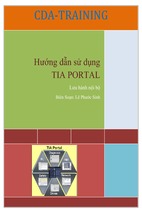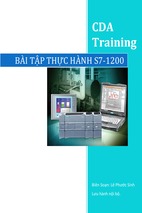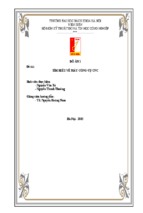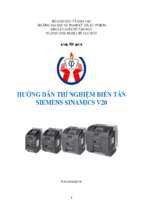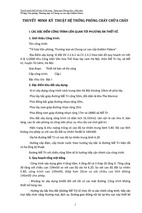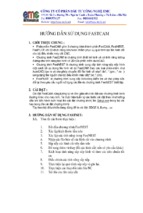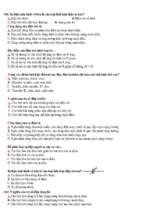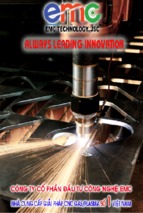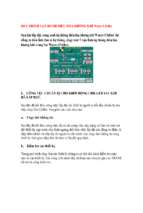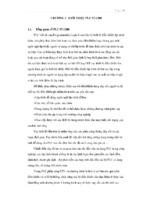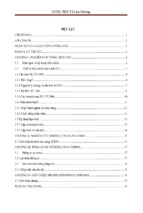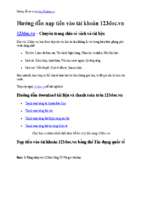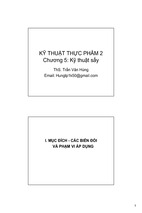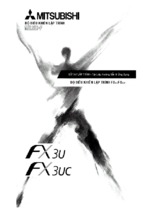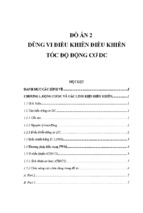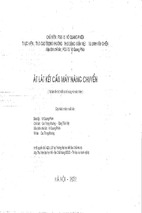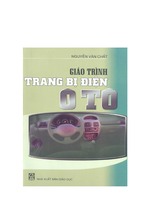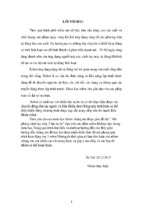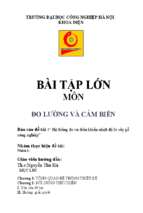ADVANCED MANUFACTURING
ENGINEERING
6: Metal Forming Processes 2
December 2016
2
Rolling
• Rolling
is a forming process which
reduces the cross-sectional area of the
incoming metal stock or produces a new
cross-section of the material at the exit
while improving its mechanical properties
through the use of rotating rolls.
• The process can be carried out hot, warm,
or cold, depending on the application and
the material involved.
• Hot rolling is done at temperatures above
the recrystallization temperature.
http://youtu.be/AuuP8L-WppI
3
Rolling
•
The most usable shapes produced
by the primary rolling process are :-
slabs (thick, flat plate),
blooms (large rectangular bar),
billets (large square bar),
structural sections & rail sections.
• The gap between the rotating rolls is
less than the thickness of the entering
bar H0 therefore a friction force is
necessary in order to bite the bar and
to pull it through the rolls.
4
Rolling
• Sheet and strip often are rolled cold in order to maintain
close thickness tolerances.
– Flat Rolling
– Thread Rolling
– Seamless Tubing
5
Extrusion
• Extrusion is very similar to squeezing toothpaste from a tube.
• Material is forced through a shaped hollow die in such a way
that it is plastically deformed and takes up the shape of the die.
http://youtu.be/MU3PJb2Ngqs
6
Extrusion
• Practically, extrusion is limited to more ductile non-ferrous
metals such as aluminum, zinc and copper alloys.
• Possible to produce hollow sections using extrusion: In this
case, the die contains a short piece (or mandrel) in the shape of
the hole. This mandrel is attached to the die by one or more
‘bridges’. As the extruded material encounters the bridges it is
forced to separate, but it flows around the bridges and joins up
again.
https://www.youtube.com/watch?v=OsdZ6cj3y_g
7
Extrusion
• The hole in the die can have almost any shape, so if the die is
circular, for example, a wire or rod is produced.
Extruded shapes
8
Extruded products
• The body of a food mixer.
• Copper pipe for a central heating system.
• The body of a pen.
9
Extruded products
• The body of the food mixer has a complex 3D shape, so it
certainly could not be extruded.
• Copper pipe is ideal for manufacturing by extrusion, using a
bridge die to extrude the hollow shape.
•
• The ink tube in the pen has probably been extruded. But the
bodies, even the cheaper ones, vary in diameter along their
length and are typically closed off at one end. This would
suggest that the pen body is not extruded.
10
Deep drawing
• Deep drawing is a process of cold forming a flat pre-cut metal
blank into a hollow vessel without excessive wrinkling,
thinning, or fracturing.
• The parts may vary from 6mm diameter parts to aircraft or
automotive parts large enough to require mechanical handling
equipment.
http://youtu.be/vAeP8q9Icqg
11
Deep drawing
• The various forms produced may be cylindrical or box shaped,
with straight or tapered sides or a combination of straight,
tapered, and curved sides.
• The maximum amount of deformation occurs in the cup walls,
deformation of the flange is lower, bottom region undergoes no
deformation.
• The following alloys are used in deep drawing process (with
high ductility): pure copper, some aluminum alloys and pure
aluminum, 70-30 brass, mild steels.
12
Wire drawing
• Used to reduce the cross-section of a wire by pulling the
wire through a single, or series of, drawing die(s).
• Applications: electrical wiring, cables, springs, tension-
loaded structural components, paper clips, spokes for
wheels, and stringed musical instruments.
13
Wire drawing
• Although similar in process, drawing is different from
extrusion, because in drawing the wire is pulled, rather
than pushed, through the die.
• Drawing is usually performed at room temperature, thus
classified as a cold working process, but it may be
performed at elevated temperatures for large wires to
reduce forces.
• The drawing process employs
a series of dies with opening of
similar shape and size which is
slightly reduced in each
consequent die.
Manufacturing examples
• Automotive wheel manufacture (7 mins)
•
•
•
•
•
http://youtu.be/kpi1LSvX1wA
Making a pair of scissors http://youtu.be/PqFt3OLkb38 (
5 mins)
How to make a spring
http://www.youtube.com/watch?v=omLKbKakDoY&feature
=share&list=PLEF21E2A982519B68 (5 mins)
How to make a engine block
http://www.youtube.com/watch?v=lsDoT2oVQUQ&feature
=share&list=PLEF21E2A982519B68 (5 mins)
14
Manufacturing Technology
Rolling, Extrusion, Drawing Processes
Rolling Operations
• Rolling is the process of
reducing the cross section
of a long workpiece by
compressive forces
applied through a set
of rolls
Grain Structure in Hot Rolling
Changes in the grain structure of metals during hot rolling. This is an effective method to reduce
grain size and refine the microstructure in metals, resulting in improved strength and good
ductility. In this process cast structures of ingots or continuous castings are converted to a
wrought structure.
Mechanics of Rolling
Forward slip:
Schematic illustration of the flatrolling process. (Note that the top
roll has been removed for
clarity.)
Relative velocity distribution
between roll and strip surfaces.
The arrows represent the
frictional forces acting along the
strip-roll interfaces. Note the
difference in their direction in
the left and right regions.
The Flat-rolling Process
•
•
•
•
As the surface speed of the rigid roll is constant, there is
relative sliding between the roll and the strip along the arc
of contact in the roll gap, L
At neutral point or no-slip point, the velocity of the strip
is the same as that of the roll
The maximum possible draft is defined as the difference
between the initial and final strip thicknesses
From the relationship, higher the friction and the larger the
roll radius, the greater the maximum possible draft
becomes
ho h f R
2
Copyright © 2010 Pearson Education South Asia Pte Ltd
Slab Method for Rolling
Calculating Average Pressure:
Case 1 Rough Estimate (Friction neglected),
Pav=(Y1 +Y2)/2 (Y1 :yield strength of material if not given
explicitly, Y2:flow stress
Case 2:An estimate for low frictional conditions
pav Y
K n
2
Y
,Y
Y
n 1
3
Case 3 :Higher frictional conditions
L
pav Y 1
2
h
av
Force: F LwPav where L is the length of contact: L Rh
Roll Torque & Power
FL
2
Power T roll
Torque
- Xem thêm -

